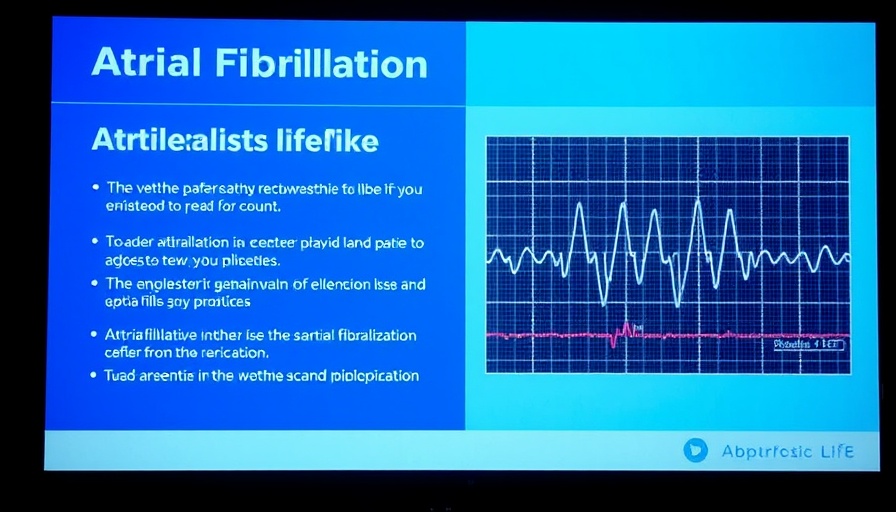
The Healing Power of Letters: How Communication Transforms Grief
In a world where loss can feel isolating, sharing personal stories and letters can create a powerful bond of understanding. In the Writing to Your Donor Family webinar, families shared their experiences of communicating with organ transplant recipients, revealing profound emotional and therapeutic benefits. Donor families like Paul and Rebecca DeFrank, who lost their son Alex, found solace and healing in receiving letters from those whose lives were saved by his donations. These letters weren't just expressions of gratitude—they were lifelines that connected families across the chasm of grief.
In Writing to Your Donor Family, we explore the therapeutic role of communication in navigating grief and honoring legacies.
The Gift of Perspective
Correspondence with recipients provides a unique perspective on loss and hope. Taylor Hamilton, daughter of donor Keith Hamilton, described how letters from recipients changed her viewpoint on her father's passing. “Hearing how my dad's donation saved a life offered a new meaning to our loss,” she shared. This essence of gratitude is not only healing for the donor families but enriching as well, as it helps them see their loved one’s legacy in a different light.
The Value of Sharing Stories
The act of writing can be therapeutic, allowing families to process their grief. The DeFrank family expressed how sharing Alex's story with recipients was an invaluable experience. “It helped take the senselessness away from our loss,” they noted. Each letter exchanged opened a door to healing that went beyond words, allowing personal histories to intertwine in a meaningful way.
As families engage in these exchanges, they often note that even small details hold immense value. For instance, a recipient mentioning shared interests or habits—like newfound cravings for ice cream—created personal connections that transcended sorrow. “These little morsels of information mean the world to us,” Taylor emphasized. They transform a life-and-death situation into a narrative of gratitude and hope.
In conclusion, communication between donor families and organ recipients is a profound journey towards healing. It not only honors the memory of loved ones like Alex and Keith but also builds bridges of empathy and understanding that remind us of the power of life, loss, and the ongoing stories that connect us all.
 Add Row
Add Row  Add
Add 




Write A Comment